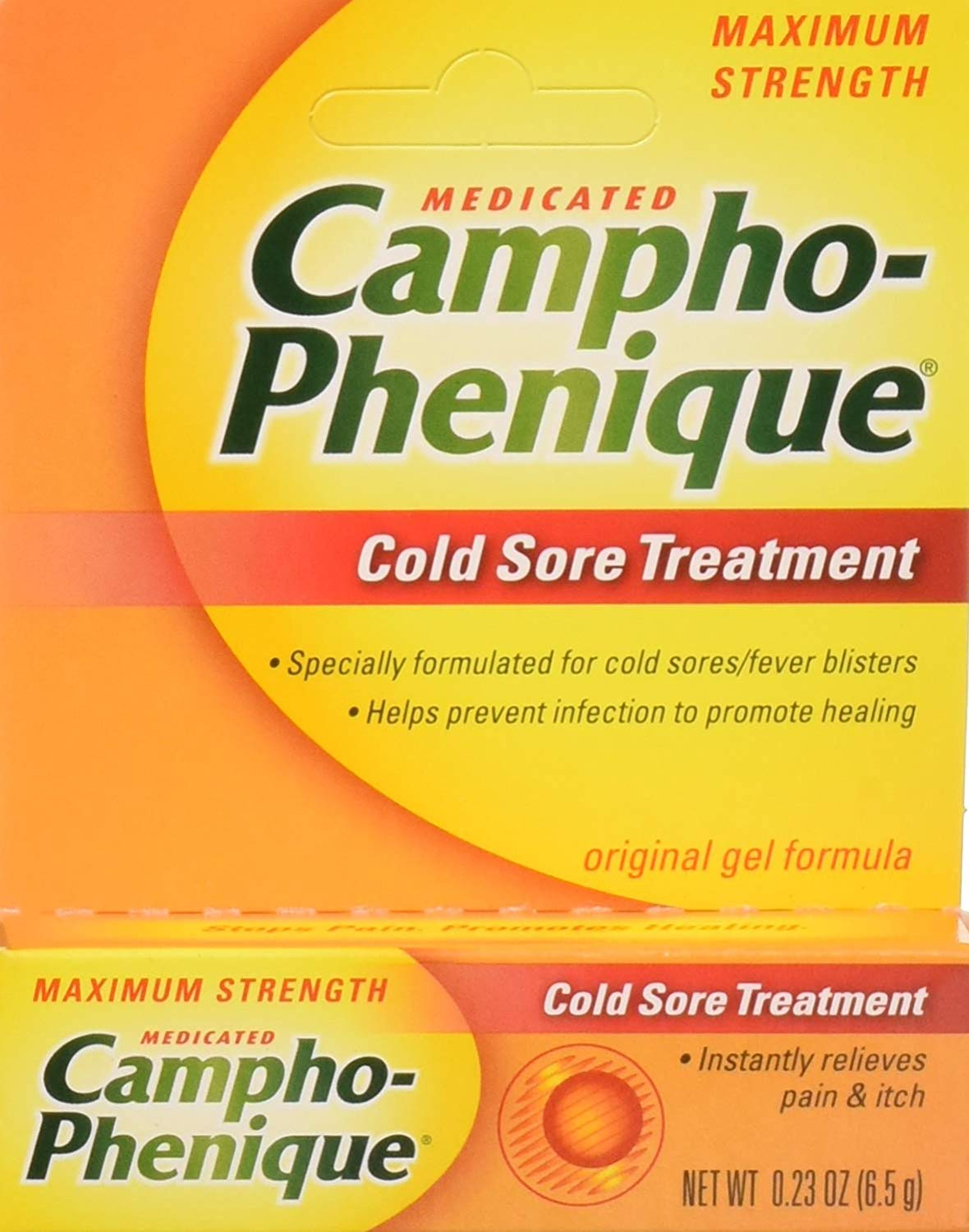Canker Sore
Overview
Canker sores, also called aphthous ulcers, are small, shallow lesions that develop on the soft tissues in your mouth or at the base of your gums. Unlike cold sores, canker sores don’t occur on the surface of your lips and they aren’t contagious. They can be painful, however, and can make eating and talking difficult.
Most canker sores go away on their own in a week or two. Check with your doctor or dentist if you have unusually large or painful canker sores or canker sores that don’t seem to heal.
Canker sores occur singly or in clusters on the inside surfaces of your cheeks or lips, on or under your tongue, at the base of your gums, or on your soft palate. They usually have a white or yellow center and a red border and can be extremely painful.
Symptoms
Most canker sores are round or oval with a white or yellow center and a red border. They form inside your mouth — on or under your tongue, inside your cheeks or lips, at the base of your gums, or on your soft palate. You might notice a tingling or burning sensation a day or two before the sores actually appear.
There are several types of canker sores, including minor, major and herpetiform sores.
Minor canker sores
Minor canker sores are the most common and:
- Are usually small
- Are oval shaped with a red edge
- Heal without scarring in one to two weeks
Major canker sores
Major canker sores are less common and:
- Are larger and deeper than minor canker sores
- Are usually round with defined borders, but may have irregular edges when very large
- Can be extremely painful
- May take up to six weeks to heal and can leave extensive scarring
Herpetiform canker sores
Herpetiform canker sores are uncommon and usually develop later in life, but they’re not caused by herpes virus infection. These canker sores:
- Are pinpoint size
- Often occur in clusters of 10 to 100 sores, but may merge into one large ulcer
- Have irregular edges
- Heal without scarring in one to two weeks
Usual Adult Dose for Herpes Simplex
Topical: Apply 5 times daily to affected area of face or lips. Start at first sign of cold sore or fever blister (i.e., tingling) and continue until healed. If not healed within 10 days, discontinue use and contact health care provider.
For external use only; do not apply to inside of mouth or around eyes. Apply at the first sign of cold sore/fever blister (tingle); early treatment ensures best results. Do not share product with others. Discontinue use and contact a health care provider if the condition gets worse or is not healed within 10 days.
Uses
- for temporary use to cleanse canker sores and minor wounds or minor gum inflammation resulting from minor dental procedures, dentures, orthodontic appliances, accidental injury, or other irritations of the mouth and gums
Directions
- Adults and children 2 years of age and older: rinse half a capful (two teaspoons or 10 mL) around in the mouth over affected area for at least 1 minute, then spit out
- Use up to 4 times daily after meals and at bedtime or as directed by a dentist or physician
- Children under 12 years of age should be supervised in the use of the product
- Children under 2 years of age: consult a dentist or physician
Usual Adult Dose
Topical: Apply small amount to affected area 1 to 3 times/day
How is this drug best taken?
Use this drug as ordered by your doctor. Read all information given to you. Follow all instructions closely.
- Do not take this drug by mouth. Use on your skin only. Keep out of your mouth, nose, and eyes (may burn).
- Wash your hands before and after use. Do not wash your hands after use if putting this on your hand
- Clean affected part before use. Make sure to dry well.
- Put a thin layer on the affected skin and rub in gently.
- Do not use coverings (bandages, dressings) unless told to do so by the doctor.




